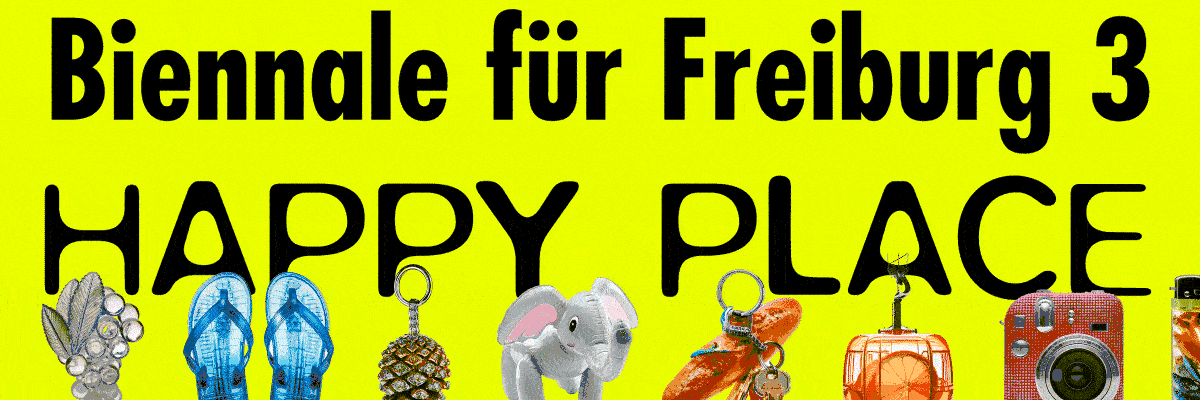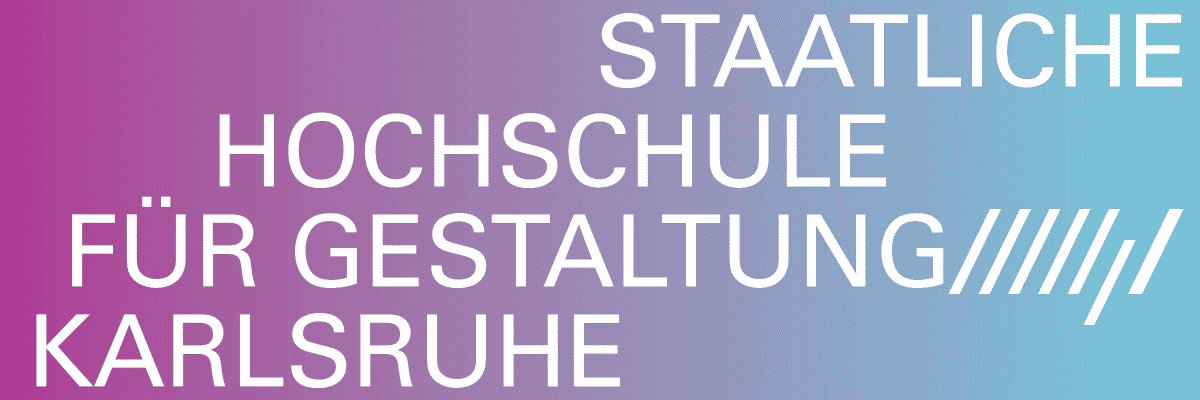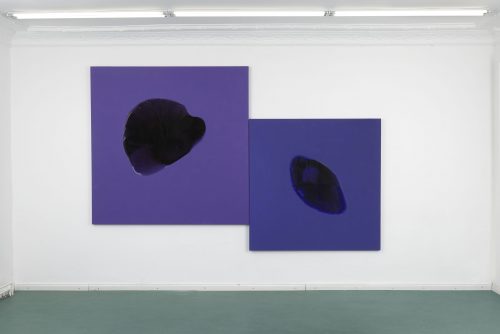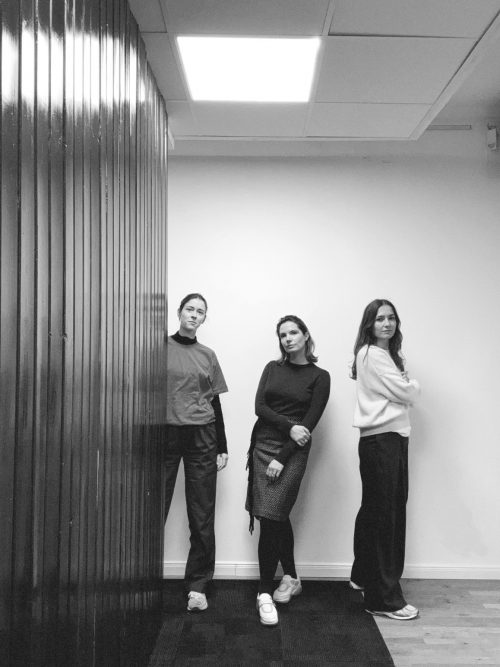
Ileana Arnaoutou, Eleni Bagaki, Panos Charalambous, Despina Charitonidi, Sarah Ettlinger, Martha Panagiotopoulou, Marios Stamatis, Elektra Stampoulou
Hyperhidrosis
Project Info
- 💙 Bath House of the Winds, Museum of Modern Greek Culture
- 💚 Eleni Riga & Vassilis Zidianakis (ATOPOS cvc x Office of Hydrocommons), Niki Dafni (Curator, Department of Exhibitions, Communication and Education of the Museum of Modern Greek Culture)
- 🖤 Ileana Arnaoutou, Eleni Bagaki, Panos Charalambous, Despina Charitonidi, Sarah Ettlinger, Martha Panagiotopoulou, Marios Stamatis, Elektra Stampoulou
- 💜 Eleni Riga
- 💛 Alexandra Masmanidi
Share on

Despina Charitonidi, Ipodorio, 2016–2025, latex, dimensions variable. Courtesy of the artist.
Advertisement

Despina Charitonidi, Ipodorio, 2016–2025, single-channel video, color, sound, 40΄43΄΄. Courtesy of the artist.

Sarah Ettlinger Bathers Bond II, 2023–2024, oil on canvas, 130 × 70 cm. Bathers Bond I, 2023–2024, oil on canvas, 130 × 70 cm. Willow Ladies, 2024, oil on linen, 60 cm diameter. Courtesy of the artist.

Marios Stamatis, Neither Nor – Already Dancing in Ecstasy Mode, Sweating Crazy, 2023–2025, single-channel video, color, sound, 15΄30΄΄. Courtesy of the artist.

Despina Charitonidi, Stomata, 2025, latex, porcelain, 60 × 60 cm. Courtesy of the artist and Eleni Bagaki, They Looked for a Place to Dream, 2024, oil on canvas, 200 × 170 cm. Courtesy of the artist and Eleni Koroneou Gallery.

Eleni Bagaki, They Looked for a Place to Dream, 2024, oil on canvas, 200 × 170 cm. Courtesy of the artist and Eleni Koroneou Gallery.

Elektra Stampoulou, Thirsty Towels, 2025, installation, olfactory stimuli, handmade glass, metal, dimensions variable. Courtesy of the artist.

Martha Panagiotopoulou, Ever Want to Crawl, 2025, glass, stained glass, mirror, tin, dimensions variable. Courtesy of the artist.

Panos Charalambous, Ventouzes, 1997–2001, cupping glasses, dimensions variable, single-channel video, black and white, sound, 1΄13΄΄. Courtesy of the artist.

Sarah Ettlinger, Reflection, 2025, oil on canvas, 130 × 70 cm. Courtesy of the artist.

Despina Charitonidi, Ipodorio, 2016–2025, latex, dimensions variable. Courtesy of the artist.

Ileana Arnaoutou, A Series of Healing Objects, 2020, installation, porcelain and iron, 170 × 28 × 54 cm each and Behind the Partition, 2024, oil paints on canvas, 130 × 180 cm. Courtesy of the artist.
The group exhibition Hyperhidrosis: Sweating Together explores sweating as both a biological and symbolic process, highlighting the fragile balances that govern human society and the natural environment. Through this original metaphor, the exhibition creates a dialogue with the monument of the Bath House of the Winds, drawing attention to the philosophy of the Ottoman public bath as a model of social and environmental ecology and inclusion, where the body and the community co-exist in an ongoing cycle of care and resilience.
Sweating connects all living organisms. Through this basic thermoregulatory function, the human body avoids overheating, while in plants, the corresponding process, transpiration, helps manage water and heat. It’s no coincidence that NASA refers to this process as the “sweat” of plants in its ECOSTRESS research, which examines how plants respond to heat and water scarcity. This shared function reveals the deep interdependence of all organisms and underscores the need to maintain a delicate balance in nature. When these regulatory processes are disrupted – whether due to climate change or human interventions – societies face new challenges. Today, artificial intelligence requires vast amounts of water to cool its infrastructure, following a process similar to human sweating. However, this constant draining of natural resources often goes unnoticed in sustainability discussions, even though it contributes to worsening environmental and social inequalities.
The Ottoman baths offer a different example of sweating – a process connected to health, care, and collectivity. In these spaces, corporeality became a means of social negotiation, creating a shared place of care. This tradition informs the exhibition, which explores sweat not only as a natural phenomenon but also as a political commentary on the relationships between individuals and the society, humans and the environment, the biological and the artificial.
Inspired by Sara Ahmed’s “sweaty concept” (Living a Feminist Life, 2017) – an idea that sweats, embodies effort, change and transformation – the exhibition opens a dialogue around the concept of balance. In a world where natural resources are depleting, while social and technological tensions are increasing, following questions arise: How can we maintain balance between humans, plants and machines? What does it mean to “sweat together?” What social and political dimensions does sweating acquire as a collective experience?
Through the works of Ileana Arnaoutou, Eleni Bagaki, Panos Charalambous, Despina Charitonidi, Sarah Ettlinger, Martha Panagiotopoulou, Marios Stamatis, and Elektra Stampoulou, sweat is transformed into an artistic language.
Eleni Riga




